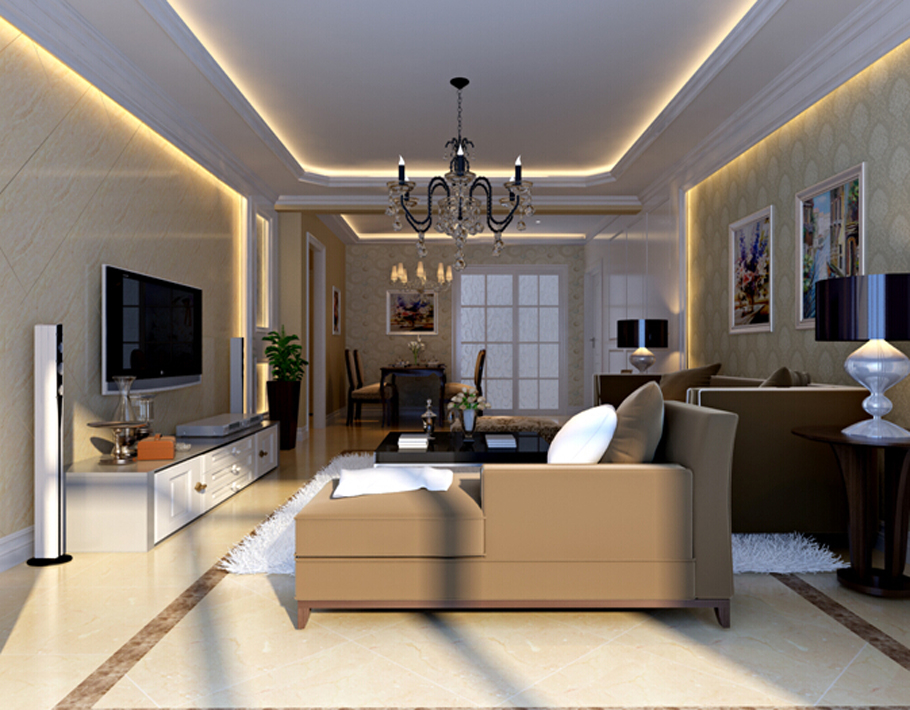Decoration for accessibility in villas
In recent years, the concept of accessible design has gained significant traction, especially in residential spaces such as villas. Accessible decoration not only enhances the quality of life for individuals with disabilities but als o creates a more inclusive environment that benefits everyone. This article explores various strategies and elements to consider when decorating villas for accessibility.
1. Entry Points and Doorways
One of the most critical aspects of accessible design is ensuring that entry points and doorways are easily navigable. Wide doorways (at least 36 inche s) allow for easy passage of wheelchairs and mobility aids. Additionally, installing automatic door openers or lever-style handles can make it easier for individuals with limited hand strength or dexterity to enter and exit rooms.
2. Flooring and Surfaces
The choice of flooring material is crucial for creating an accessible villa. Smooth, non-slip surfaces like hardwood, laminate, or low-pile carpeting are ideal for individuals using mobility devices. Avoid high-pile carpets and loose rugs that can pose tripping hazards. For out door areas, ensure that pathways are well-maintained and free of obstacles.
3. Lighting and Visibility
and Visibility
Adequate lighting is essential for safety and comfort. Install motion-activated lights in hallways and staircases to provide consistent illumination. U se task lighting in kitchen and bathroom areas to enhance visibility during daily activities. Consider installing dimmer switches to adjust light levels according to individual preferences and needs.
4. Kitchen Design
An accessible kitchen should be designed with ease of use in mind. Lower countertops and sinks allow individuals in wheelchairs to work comfortably. Pu ll-out shelves and drawers can replace deep cabinets, making items more accessible. Touch-free faucets and appliances with simple, intuitive controls further enhance usability.
5. Bathroom Adaptations
Bathrooms often require the most extensive modifications for accessibility. Install grab bars near toilets, showers, and bathtubs to provide support. Consider walk-in showers with no thresholds to eliminate stepping over high edges. Adjustable shower heads and handhe ld sprays offer flexibility for different users. Raised toilet seats and bidet attachments can improve hygiene and independence.
6. Stair Lifts and Elevators
For multi-story villas, installing stair lifts or elevators ensures that all levels of the home are accessible. Stair lifts can be installed on existing stairs, while elevators provide a more comprehensive solution. Both options should be chosen based on the specific needs and space constraints of the villa.
7. Smart Home Technology
Integrating smart home technology can significantly enhance accessibility. Voice-activated assistants, automated window blinds, and remote-controlled lighting systems simplify daily tasks. Smart thermostats and security systems can also improve energy efficiency and safety.
8. Outdoor Spaces
Accessible outdoor spaces are equally important. Ensure that patios, decks, and gardens are level and free of obstacles. Install ramps where necessary to connect different areas. Outdoor seating should be stable and have armre sts for added support. Landscaping choices should prioritize low-maintenance plants and clear pathways.
Conclusion
Creating an accessible villa involves thoughtful planning and attention to detail. By focusing on key areas such as entry points, flooring, lighting, kitchen and bathroom design, and smart home technology, you can transform your living space into one that is both functional and welcoming for all residents. Accessibility is not just about compliance; it's about creating a home that truly feels like a sanctuary for everyone who lives there.
